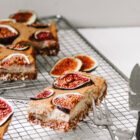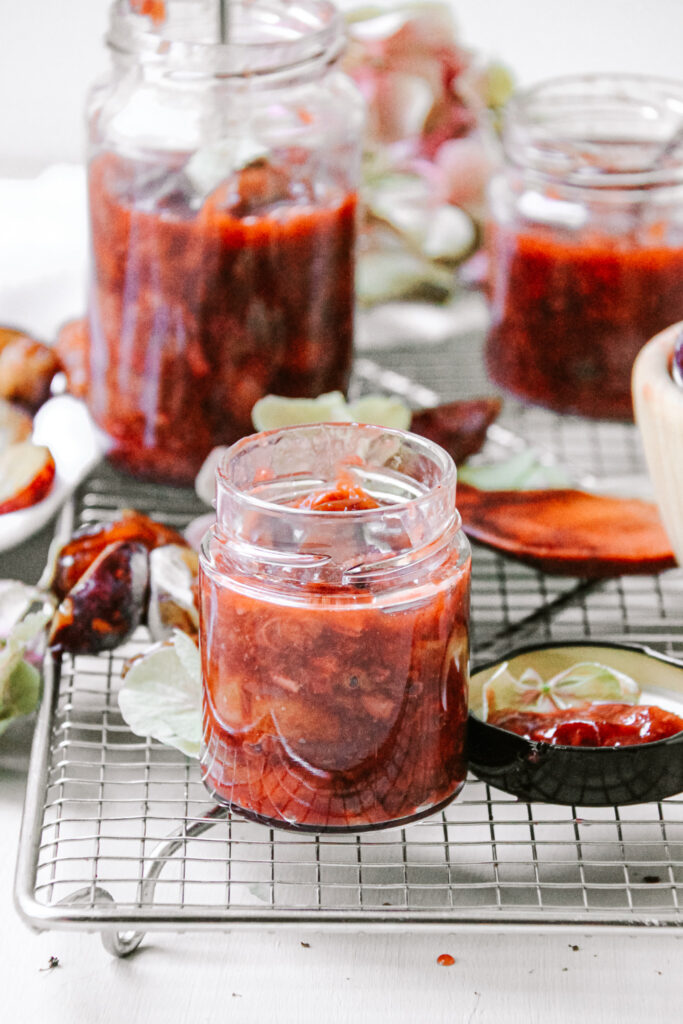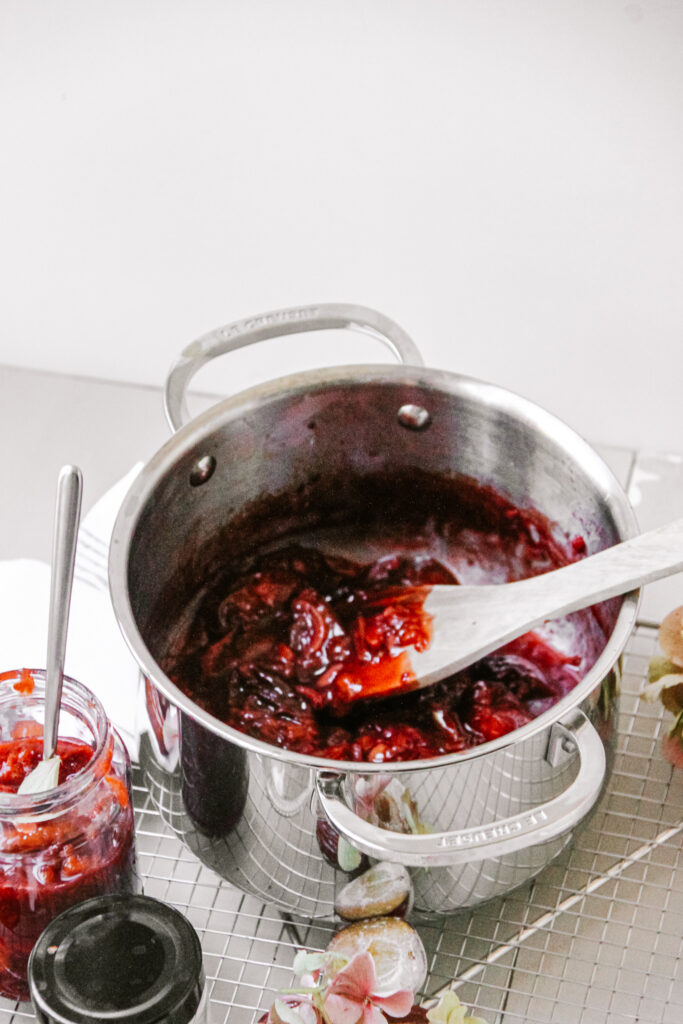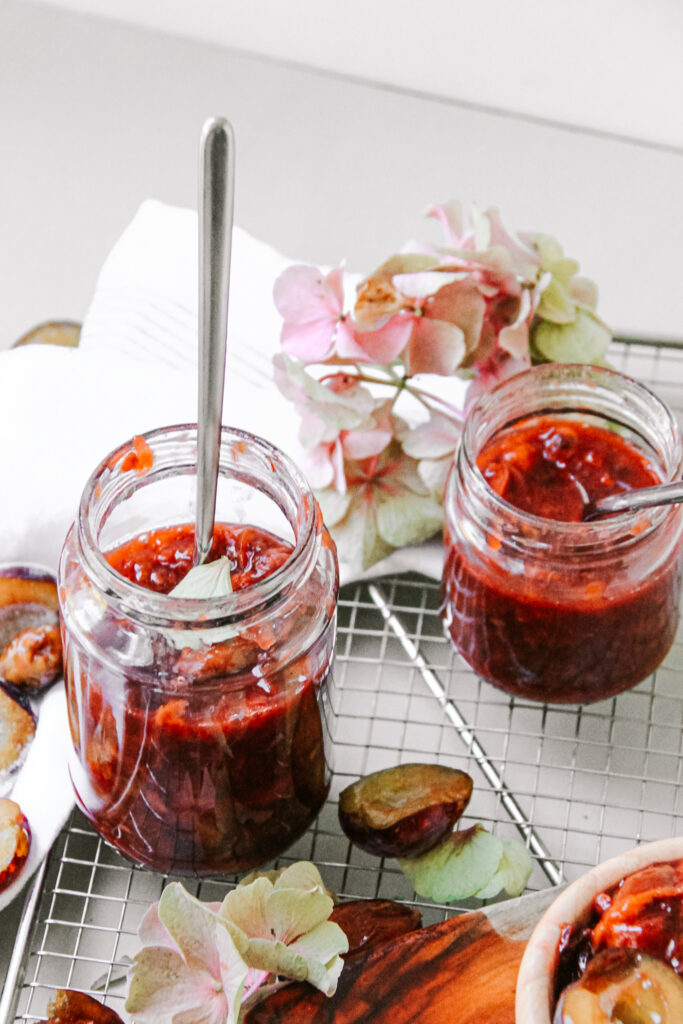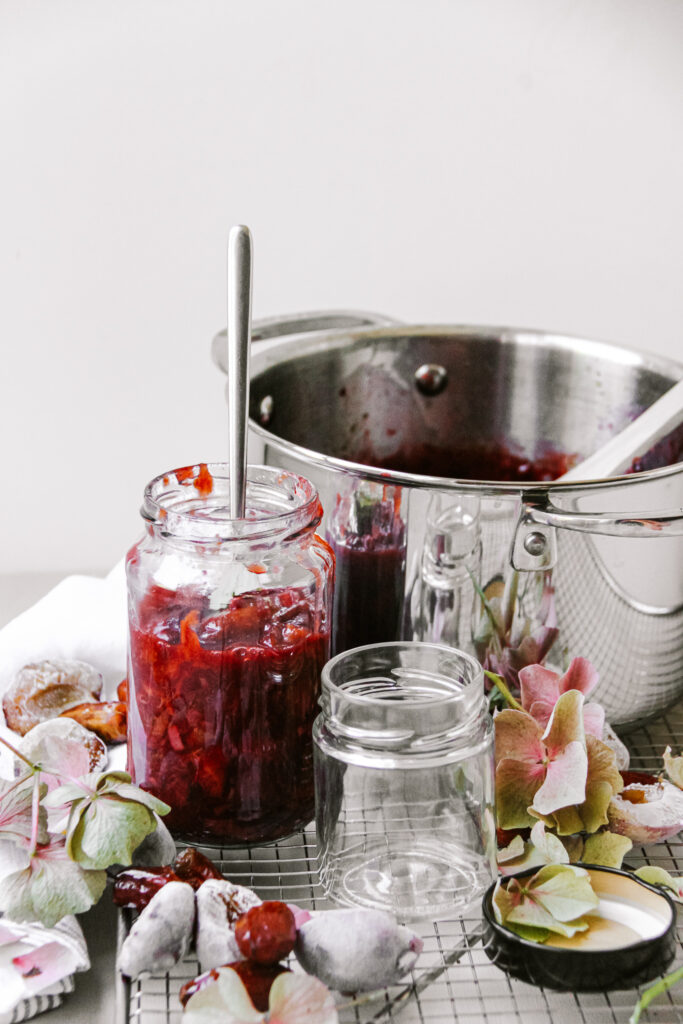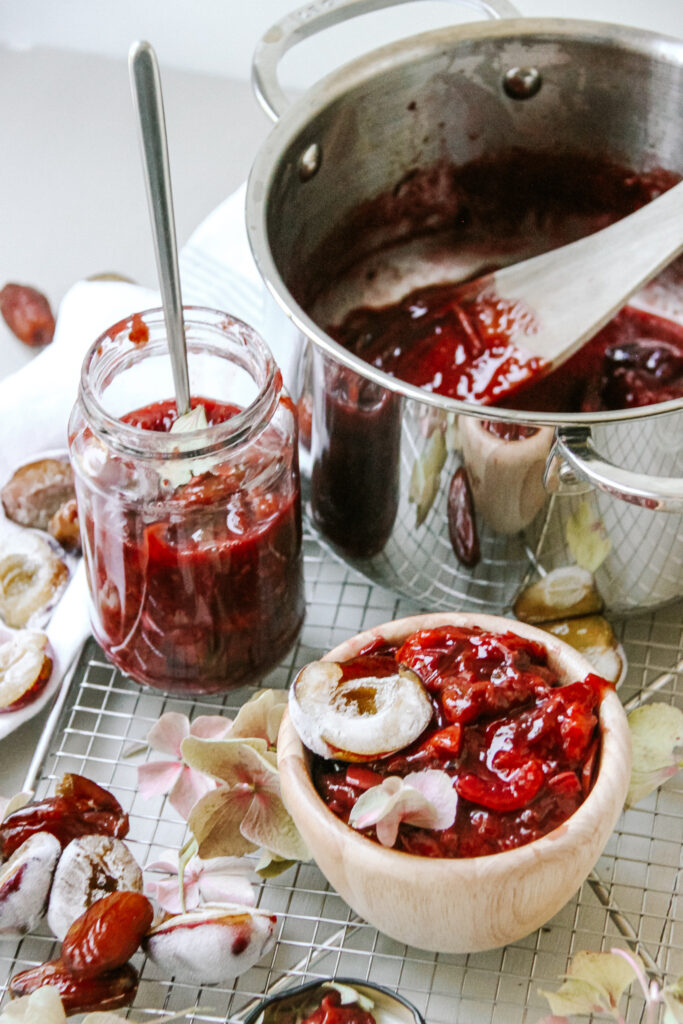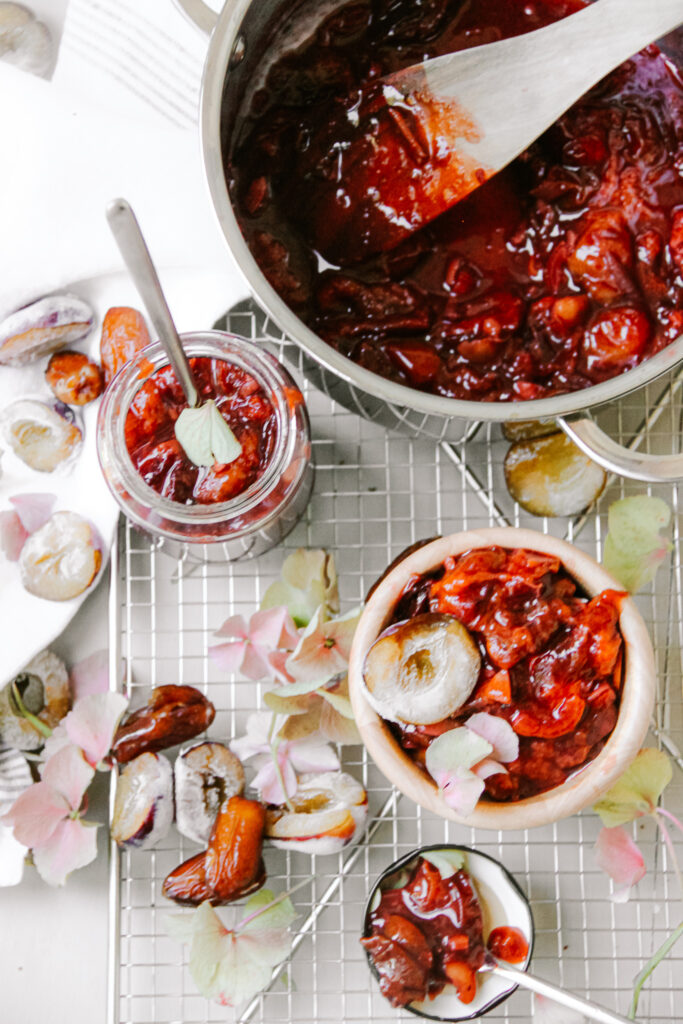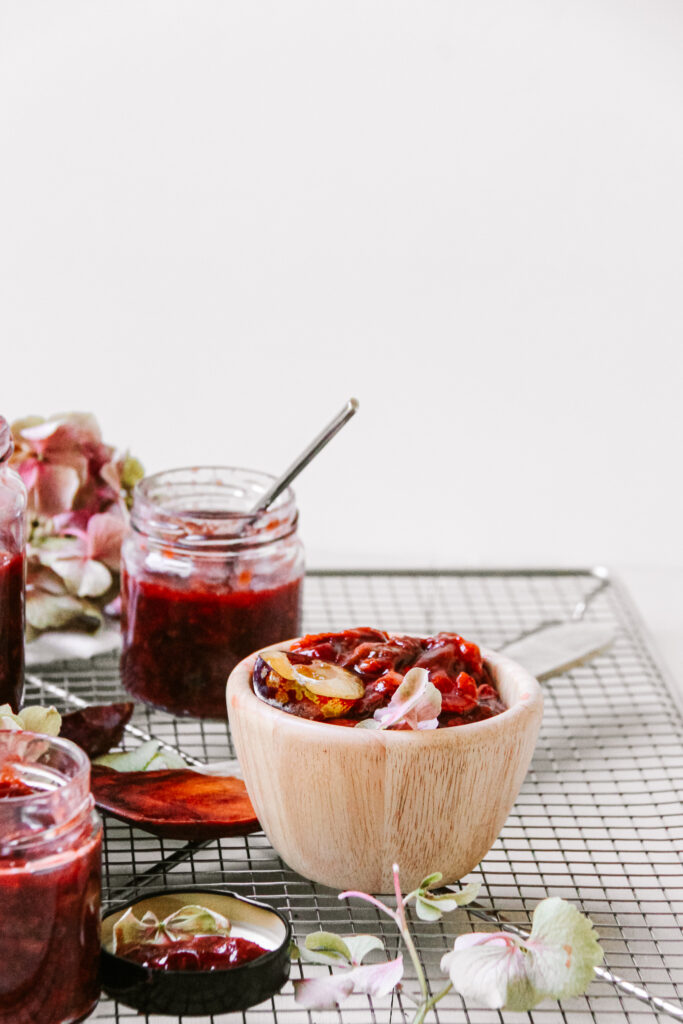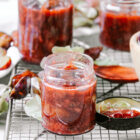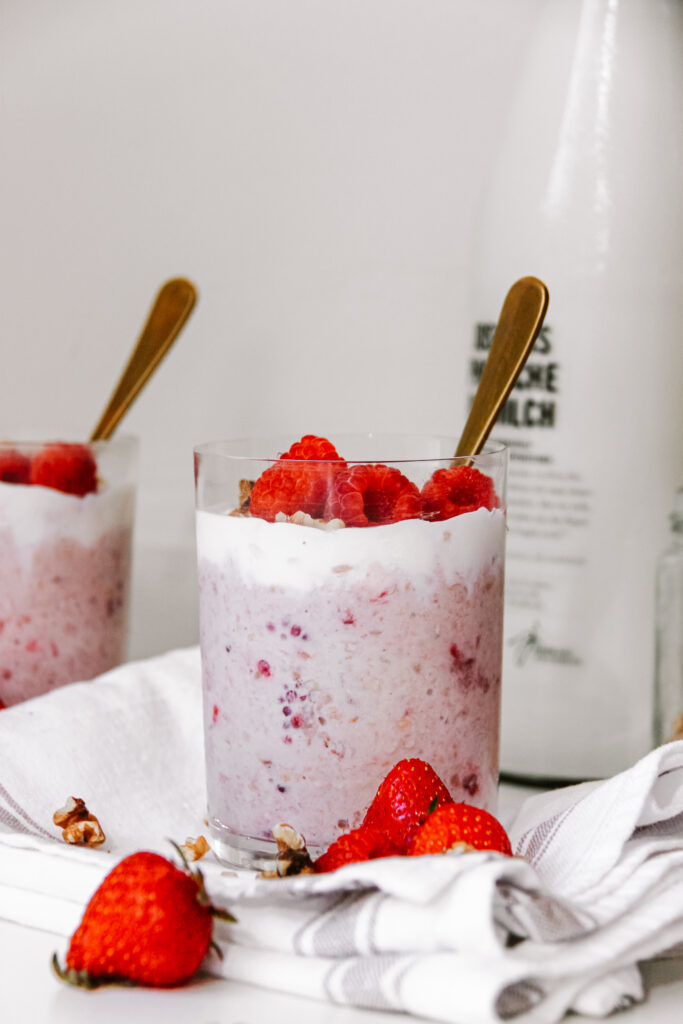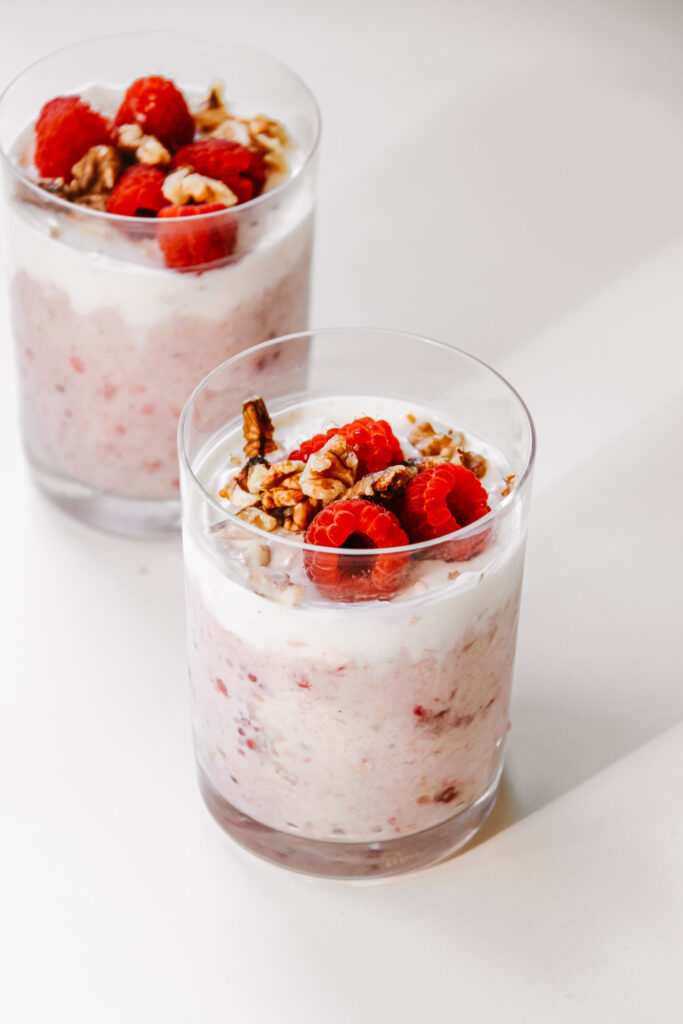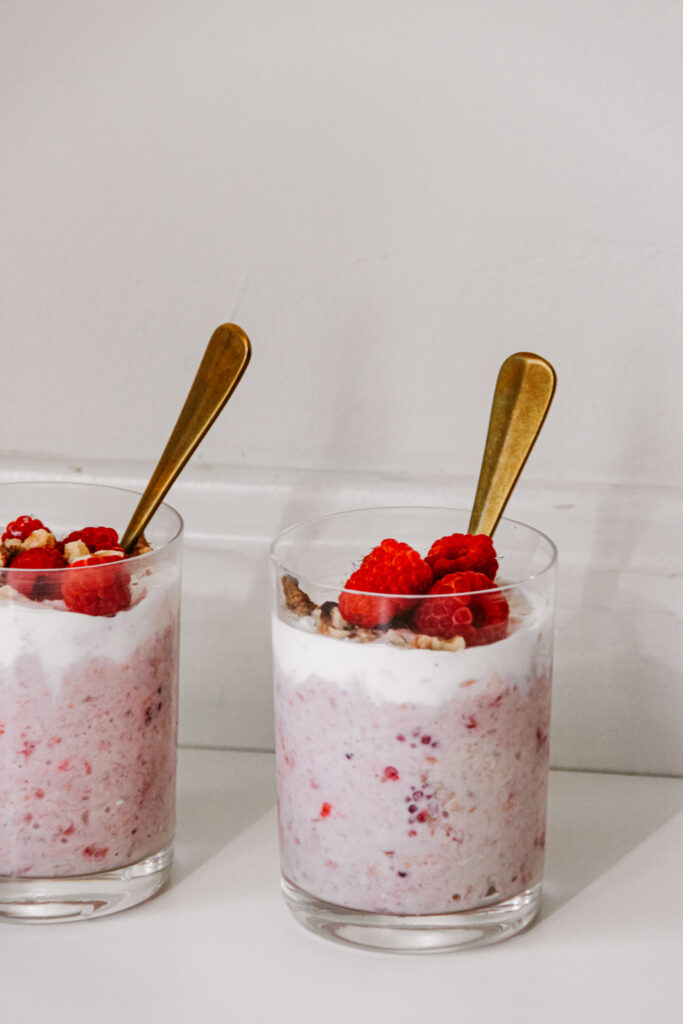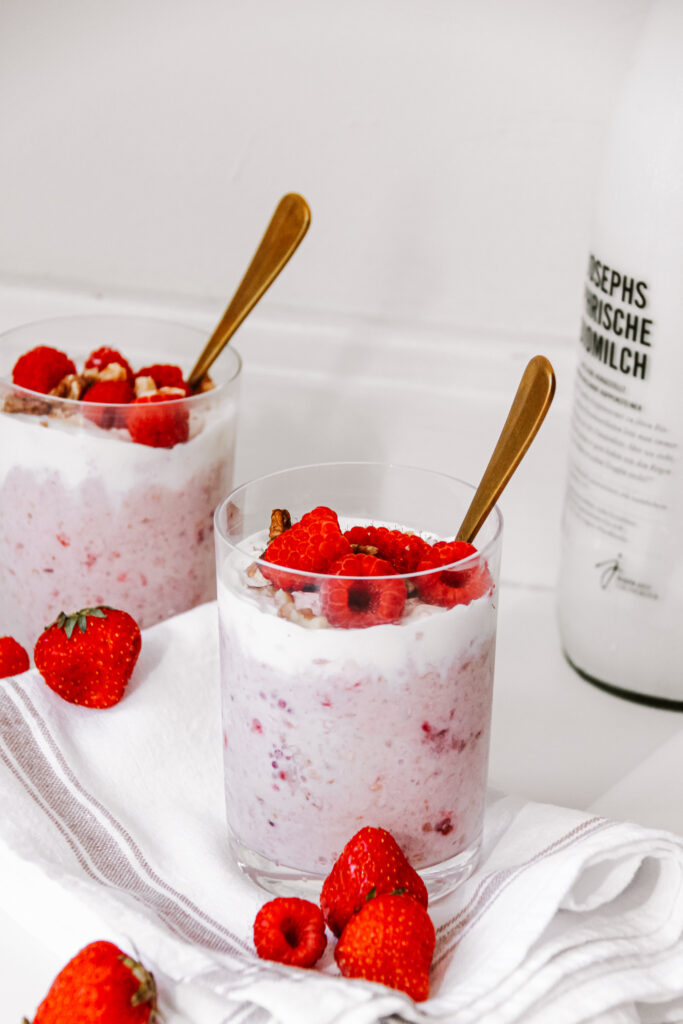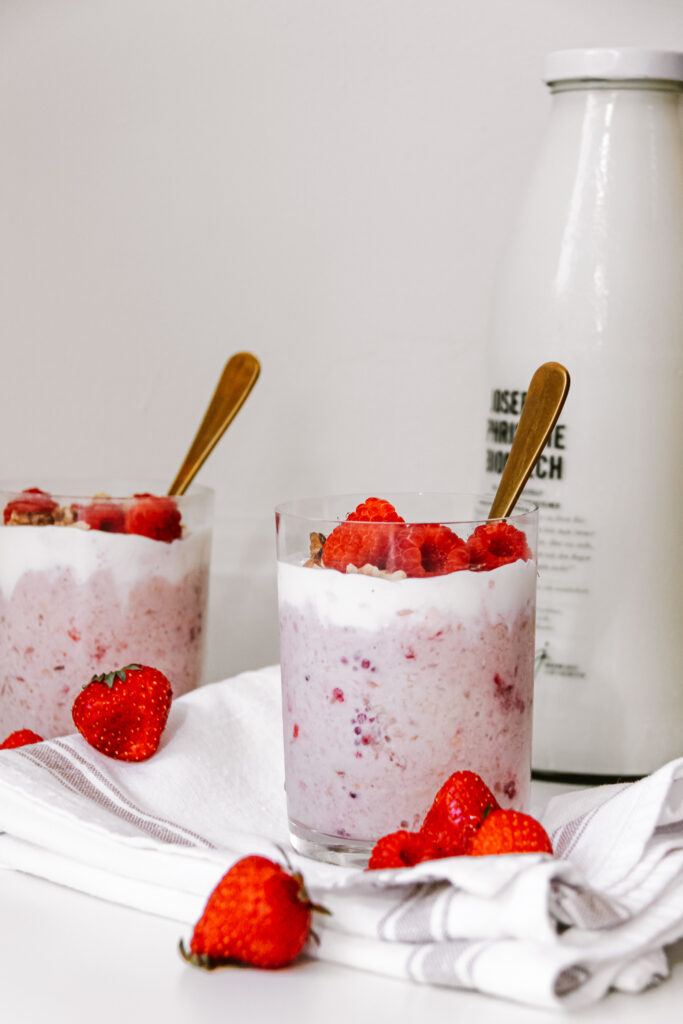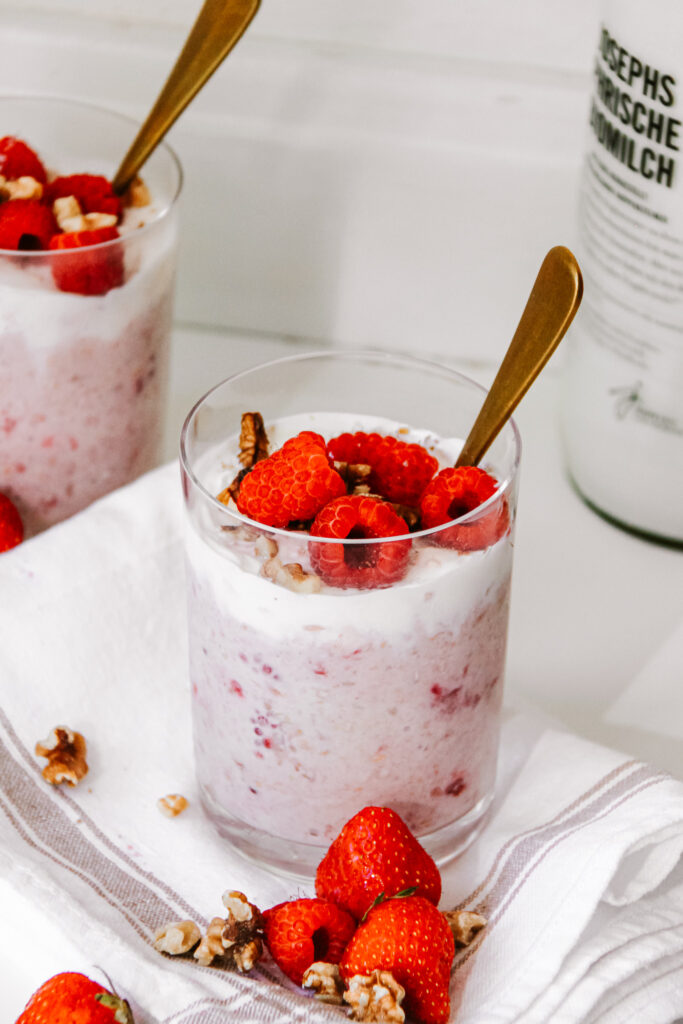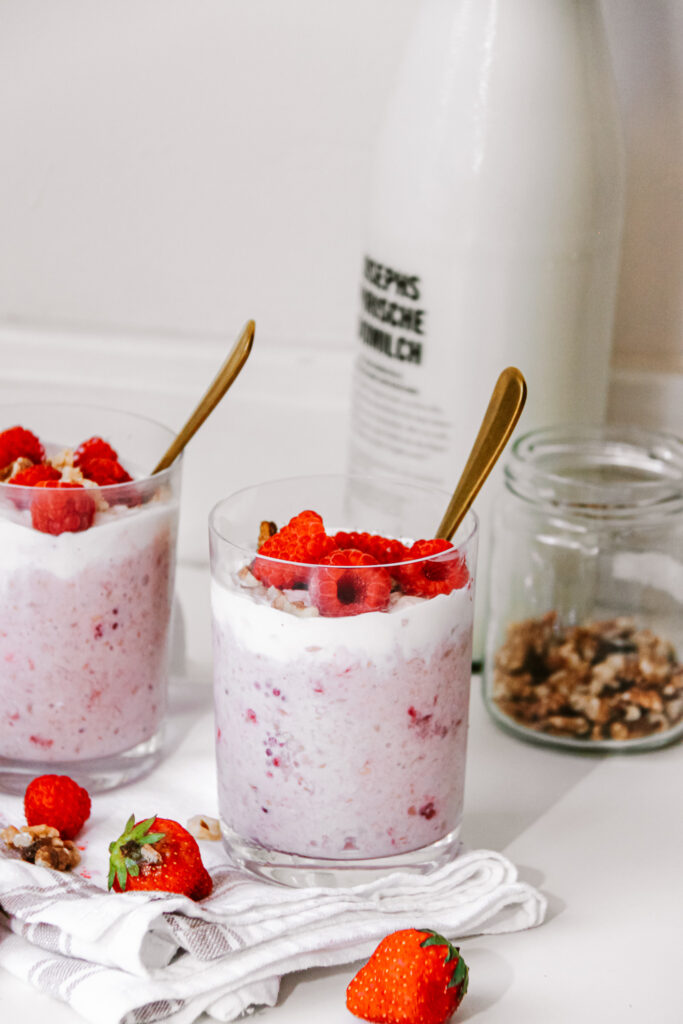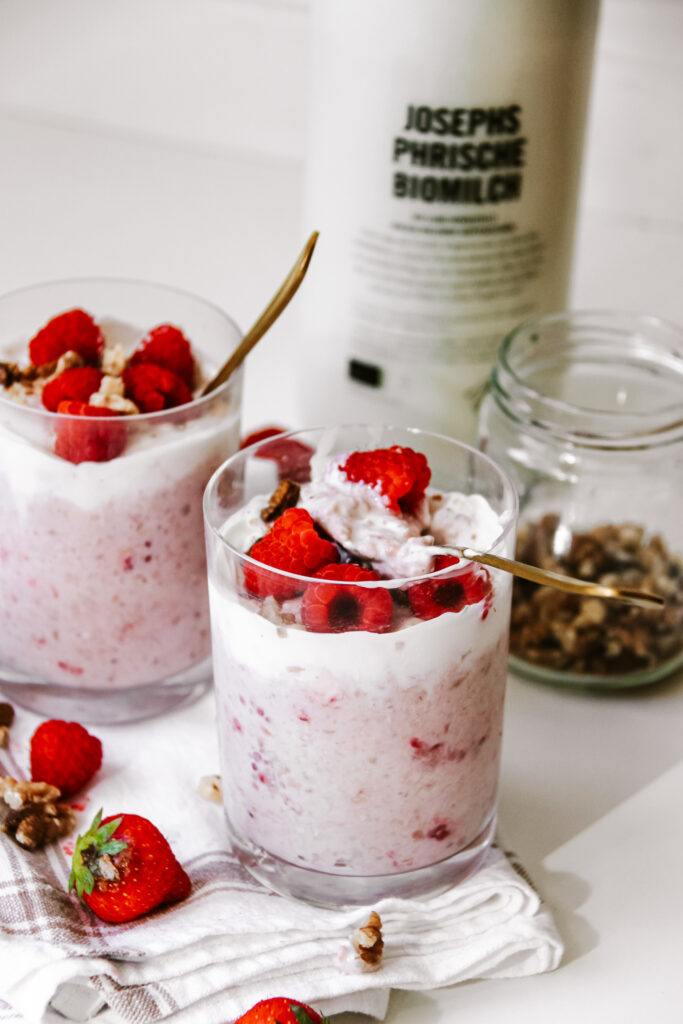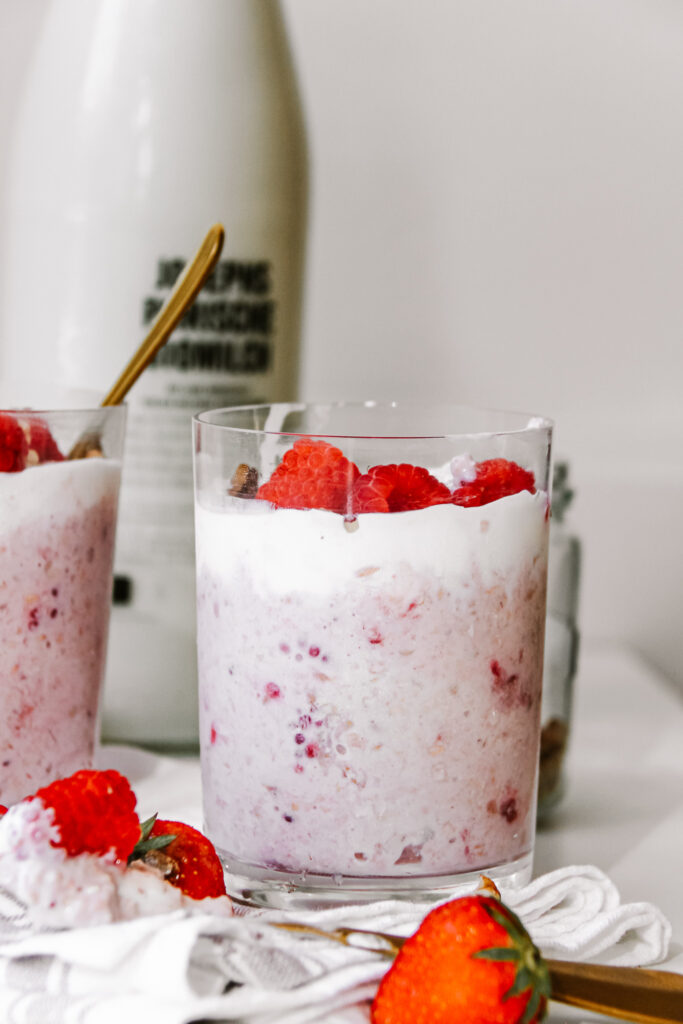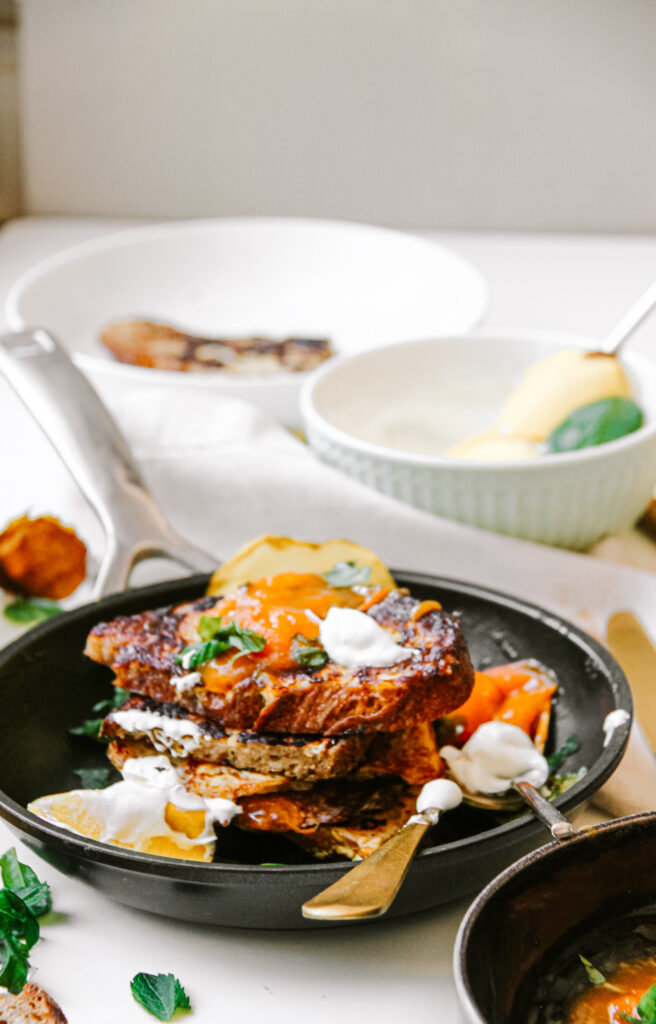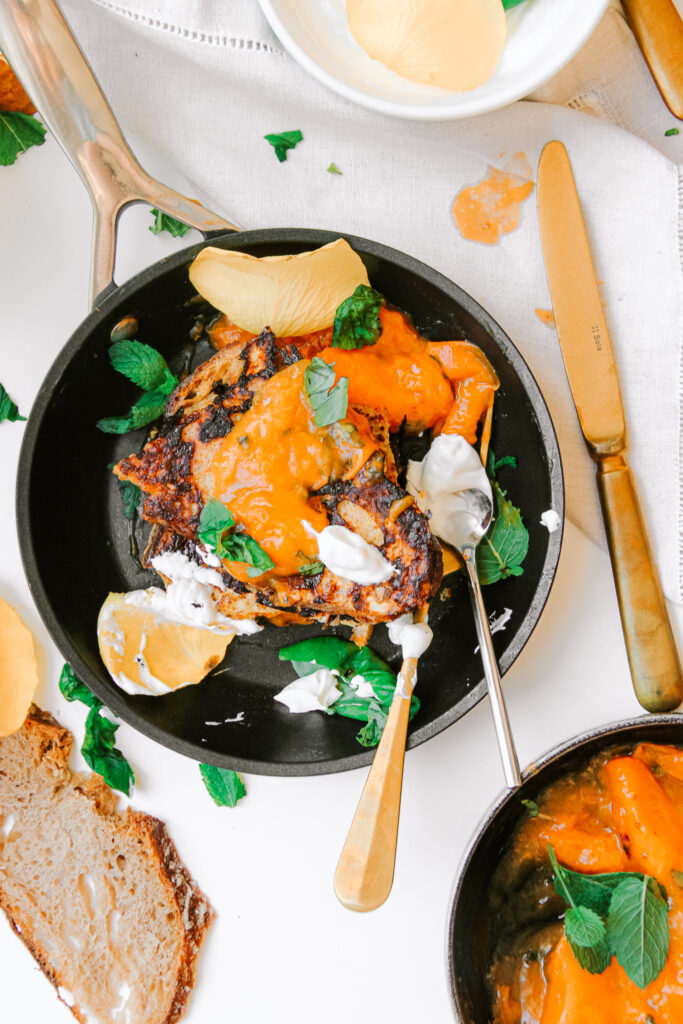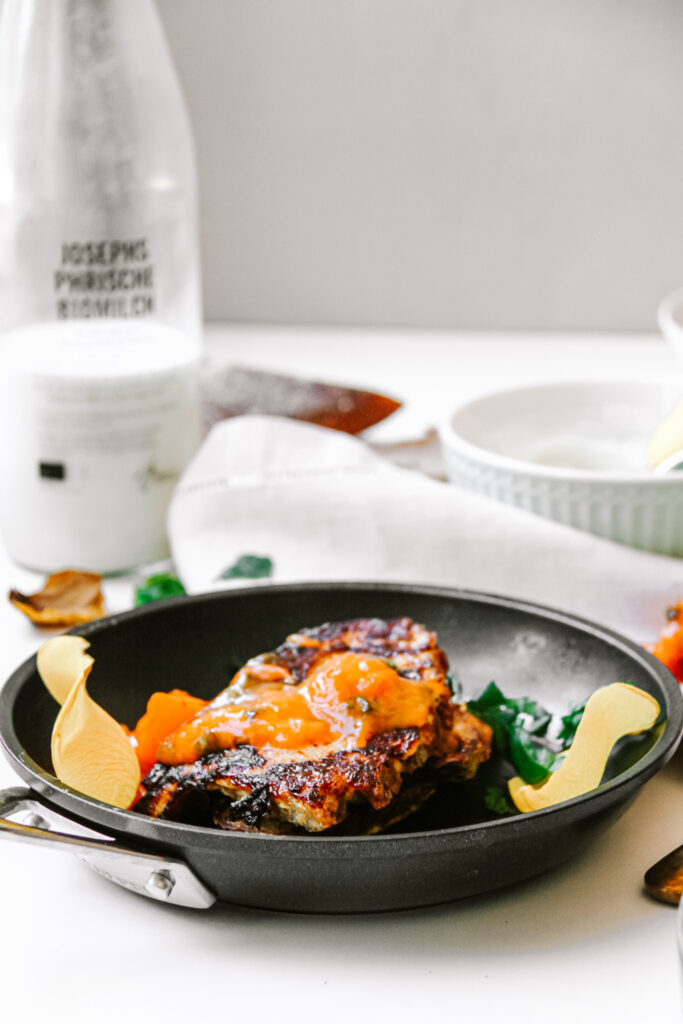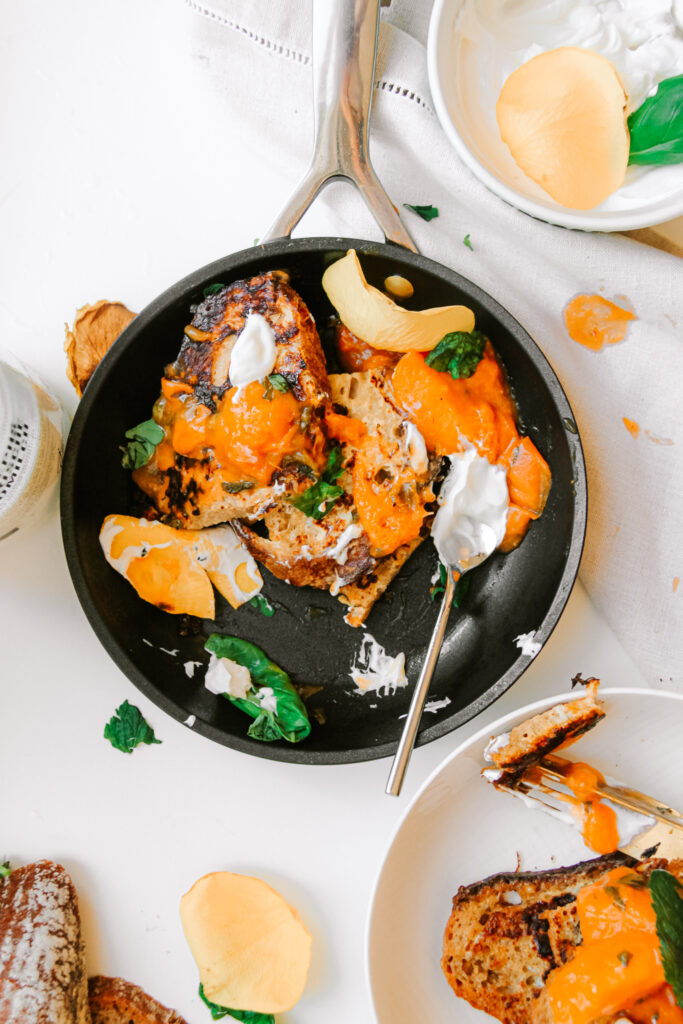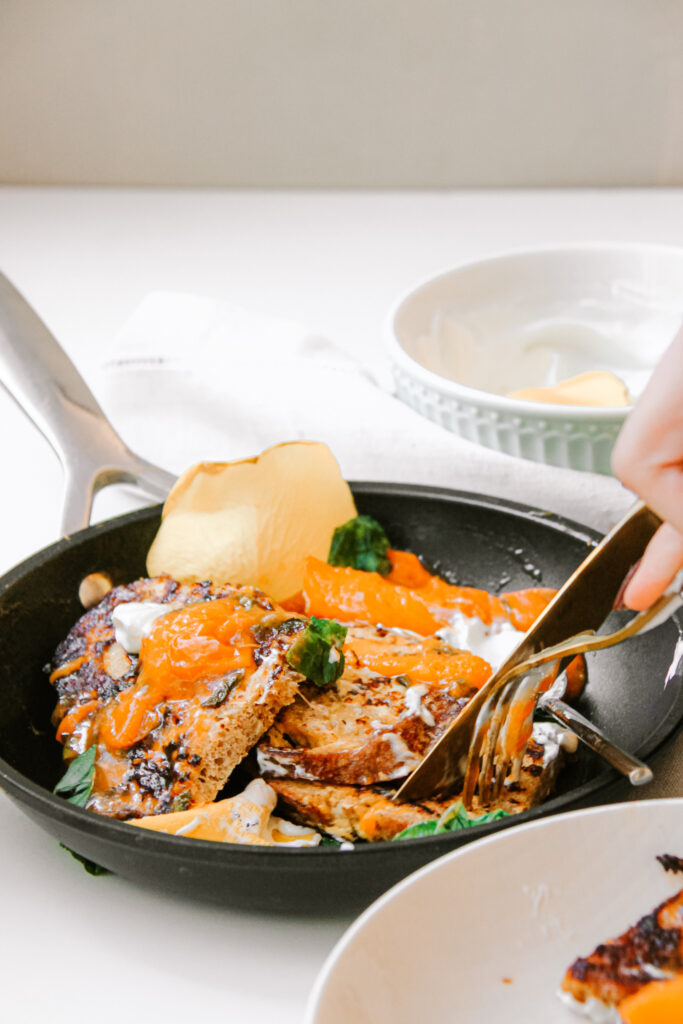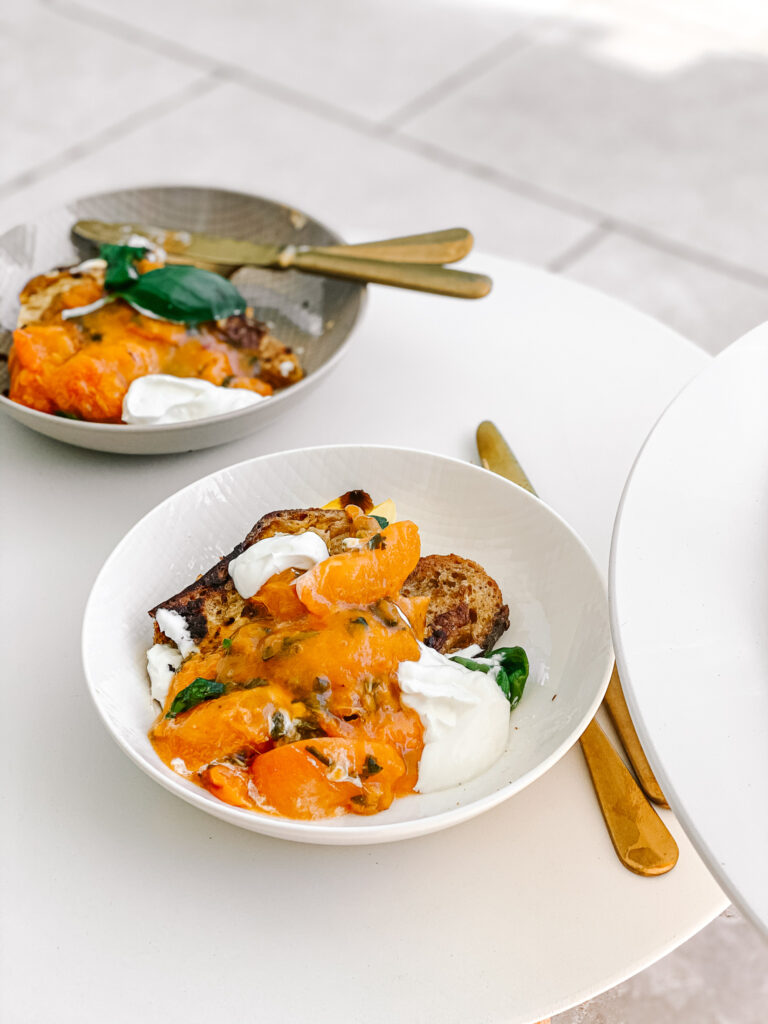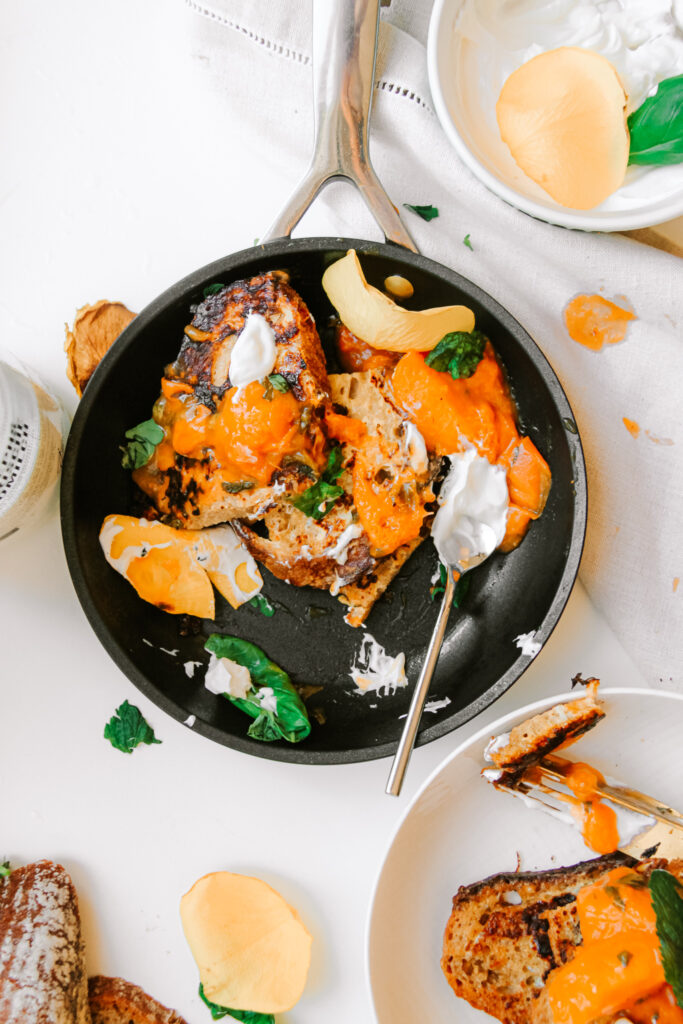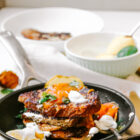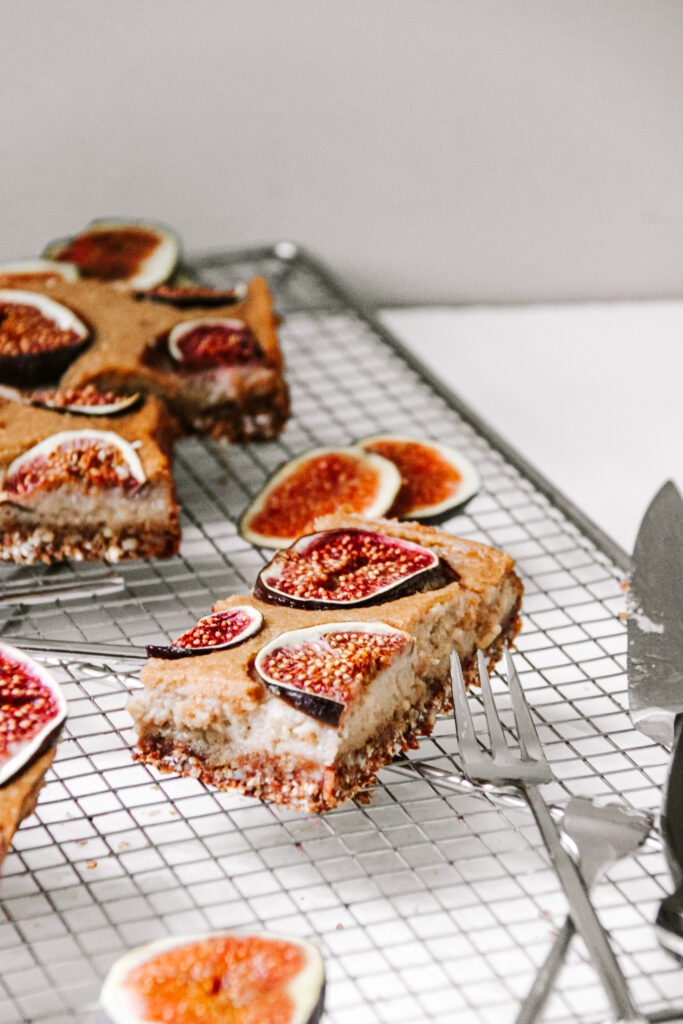
You‘ll be like .. cheesecake – vegan?? Seriously? Well, obviously it’s not cheese but really, it is at least as good! The consistency is absolutely amazing (identical to cheesecake) the ingredients are super nutritious, and the flavor is just 100% convincing! I promise!!
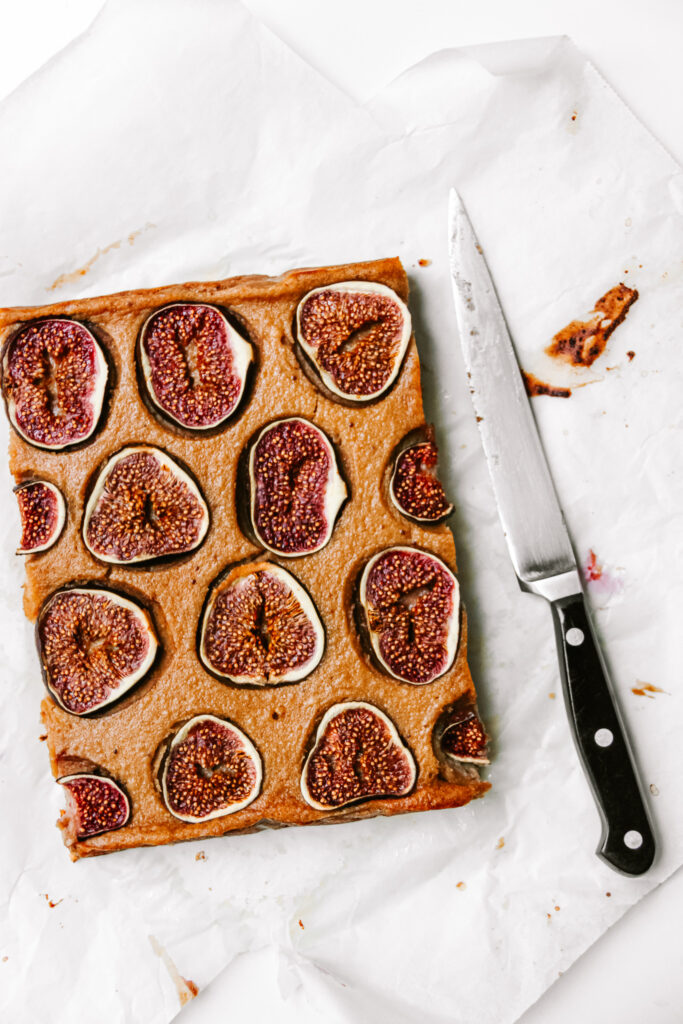
Why vegan?
We probably all have a recipe for a delicious non-vegan cheesecake. So why not switching things up? And honestly, I love a nice challenge. Plus my bestie currently is vegan so I needed to get creative with coming up with a dessert recipe for her! (I already have 2 on my blog, bit we needed something new! Find the banana bread recipe here and the black bean brownies recipe here )
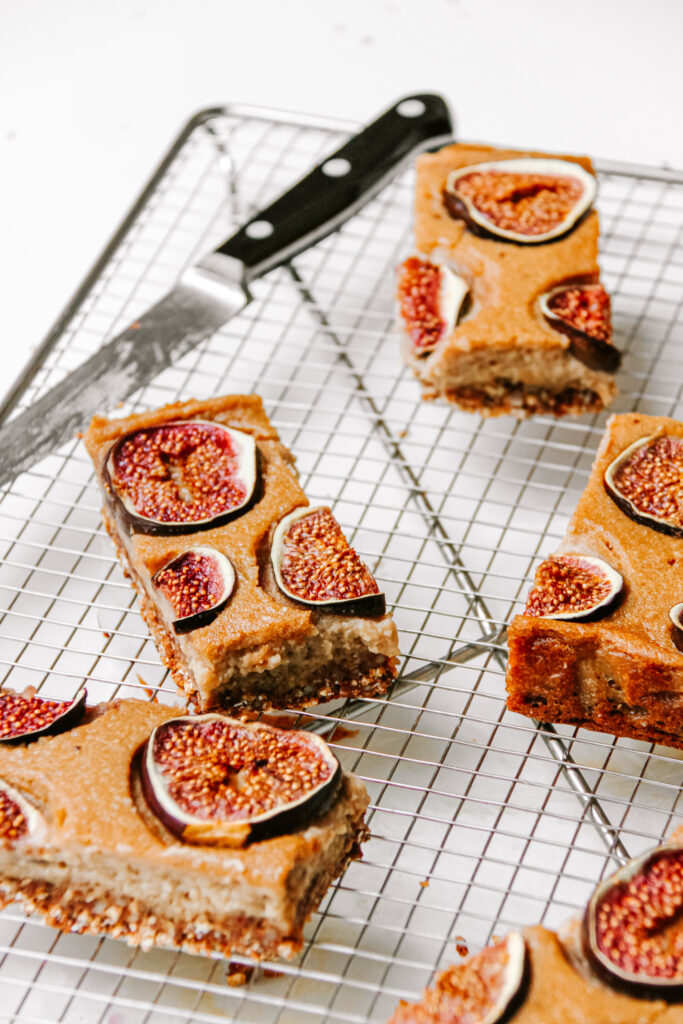
What is special about this dish?
VEGAN CHEESECAKE! Isn’t that special itself? And then that the ingredients are really wholesome and nutrient dense too!! And of course our special ingredient: silken tofu!! No, it won’t taste like tofu in the end, and yes it works really well.
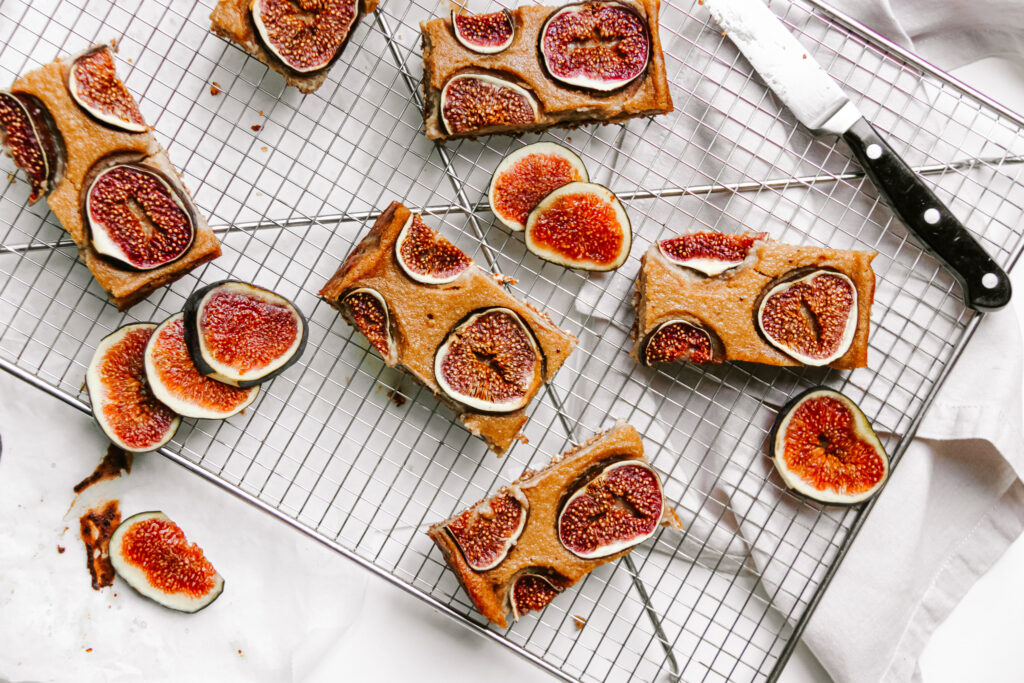
Why using silken tofu in a dessert recipe?
Silken Tofu is a super soft tofu, almost a yoghurt consistency. This is great for creams, pudding or as here cheesecake but in vegan. It also has a very mild flavor and when blending it becomes really smooth. When baking, it helps to keep everything stick together while remaining that cheesecake consistency!
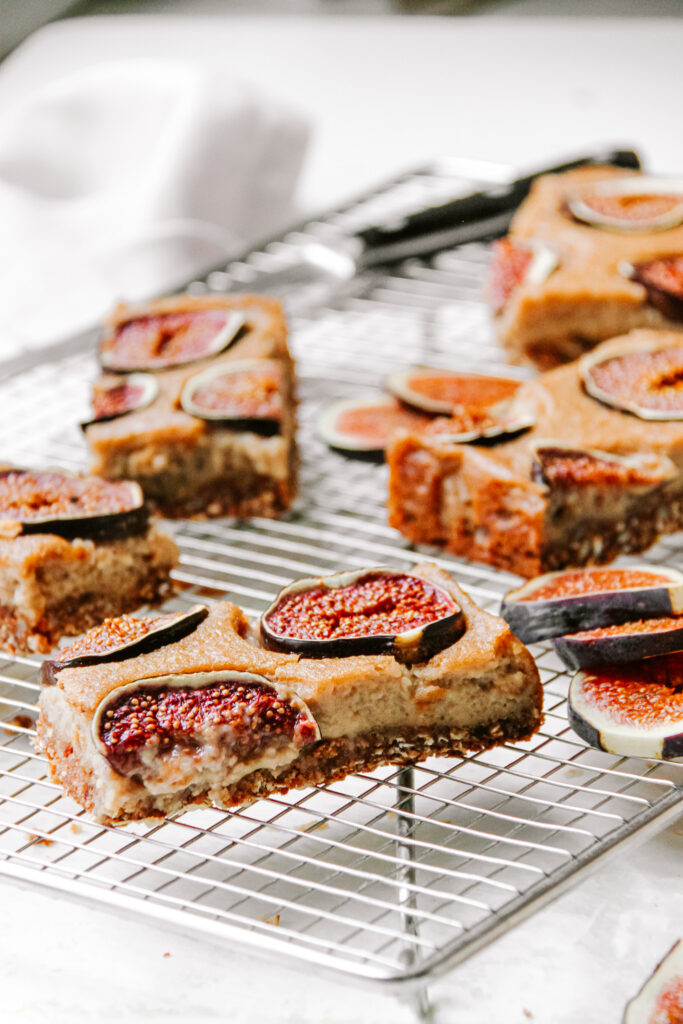
How to make vegan cheesecake:
Here we have two different things to make because we have 2 different layers. The first layer is the crust. Here we do not do a regular cookie layer but more like a baked energy ball one and it‘s heaven. Basically it comes down to blending up oats, almonds and dates and that’s it!
For the actual „cheesecake“ layer it is really not more difficult! You just need to add soaked cashews, silken tofu, maple syrup, oil, fig preserves and cornstarch to a blender and blend until it is creamy and smooth! If you have a high speed blender you do not essentially need to soak the cashews but if it doesn‘t have too much power, I would recommend soaking them!
When the first layer is done you need to press it into a cake pan and then pour over the blended „cheesecake“ filling. To finish off just top with sliced up figs and bake in the oven! That’s it!
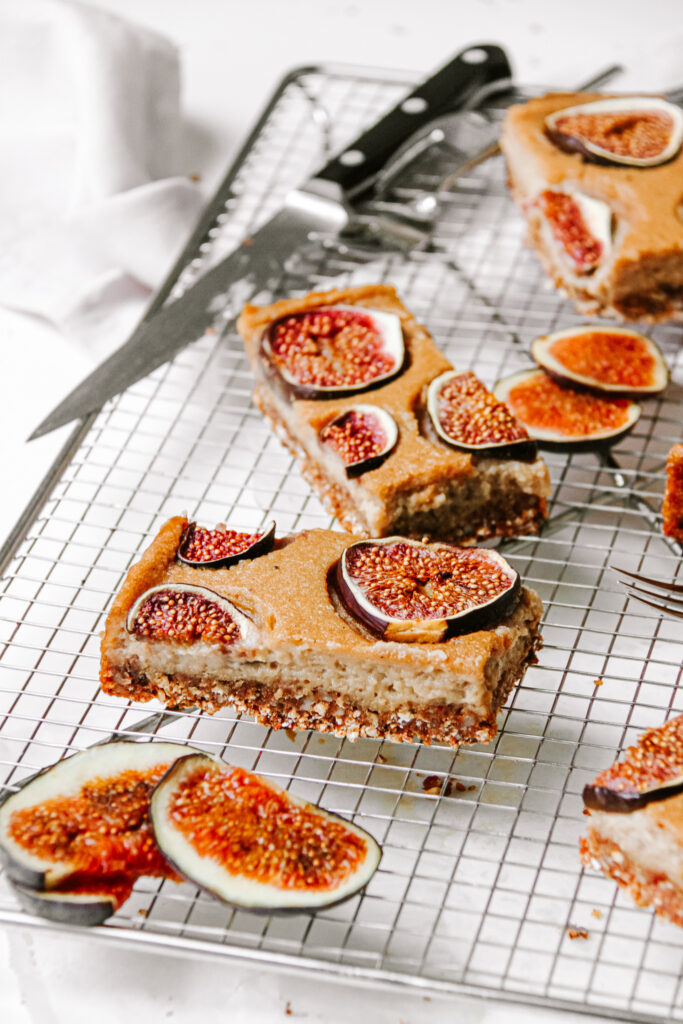
A few notes on the recipe:
After taking it out of the oven, the consistency of the cake will be rather creamy. When you let it sit for a little while it will get firmer! Store in the fridge. About 20 minutes before eating take it out of the fridge. That way it will taste better!
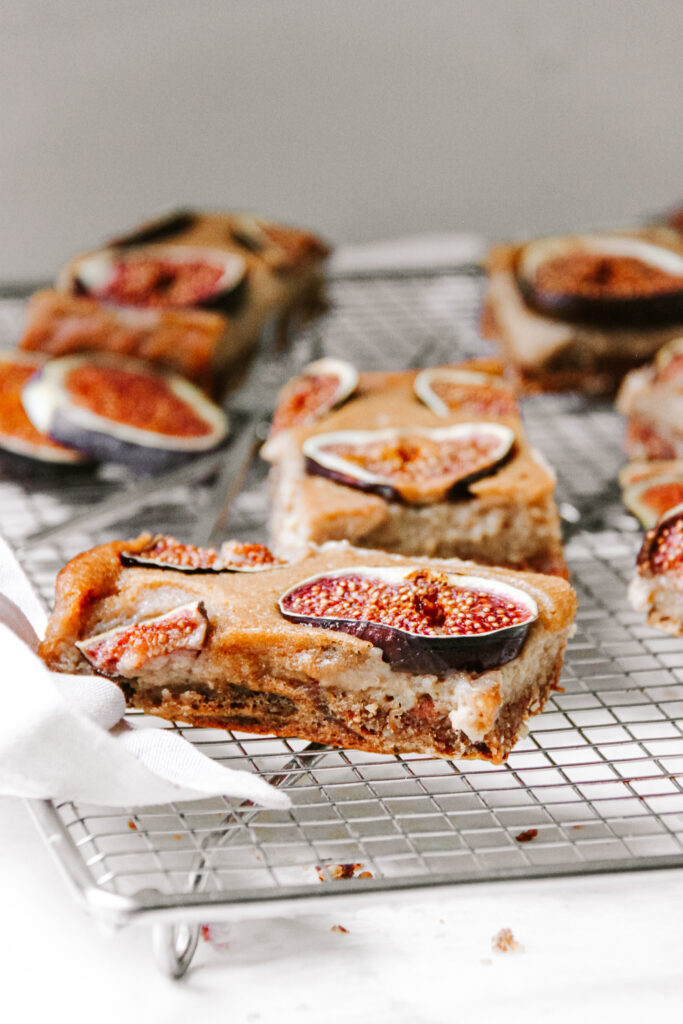
I hope you really like this recipe and that you‘ll love this little twist to your average cheesecake!
Healthy Vegan Half Baked Cheesecake with Silken Tofu
A delicious and healthy twsit onto your regular cheesecake. The silken tofu makes the consistency amazing and it tastes incredible too!
What you will need
For the base:
- 100 g rolled oats
- 30 g almonds
- 200 g dates
- a pinch of sea salt
For the "cheesecake" filling
- 250 g silken tofu
- 40 g cashews soaked overnight
- 100 g coconut cream (just the firm part of the coconut milk! This is best seperated when putting the can in the fridge for about 2 hours)
- 100 g maple syrup
- 2 tbsp oil
- 1 tbsp fig preserves
- 2 tbsp cornstarch
- 4-5 figs sliced up
How to
-
Preheat the oven to 180°C.
To a food processor add all of the ingredients for the base and blend until it forms a sticky paste. When too dry, add more dates or some oil, when too sticky, add more oats.
-
Line a 20x20cm cake pan (or a springform pan) with parchment paper. Add the blended mixture and press to the bottom so it forms a flat layer.
-
Into the food processor now add the ingredients for the "cheesecake" layer and blend until very creamy. Pour over the first layer.
-
Top with the sliced figs and bake for about 45-55 minutes until the top gets golden brown.
-
Take it out of the oven. The cake will get firmer the longer you let it sit. Store in the fridge and take out at least 20 minutes before eating for best flavor! Enjoy!
Happy cooking,
Enjoy,
Katie
